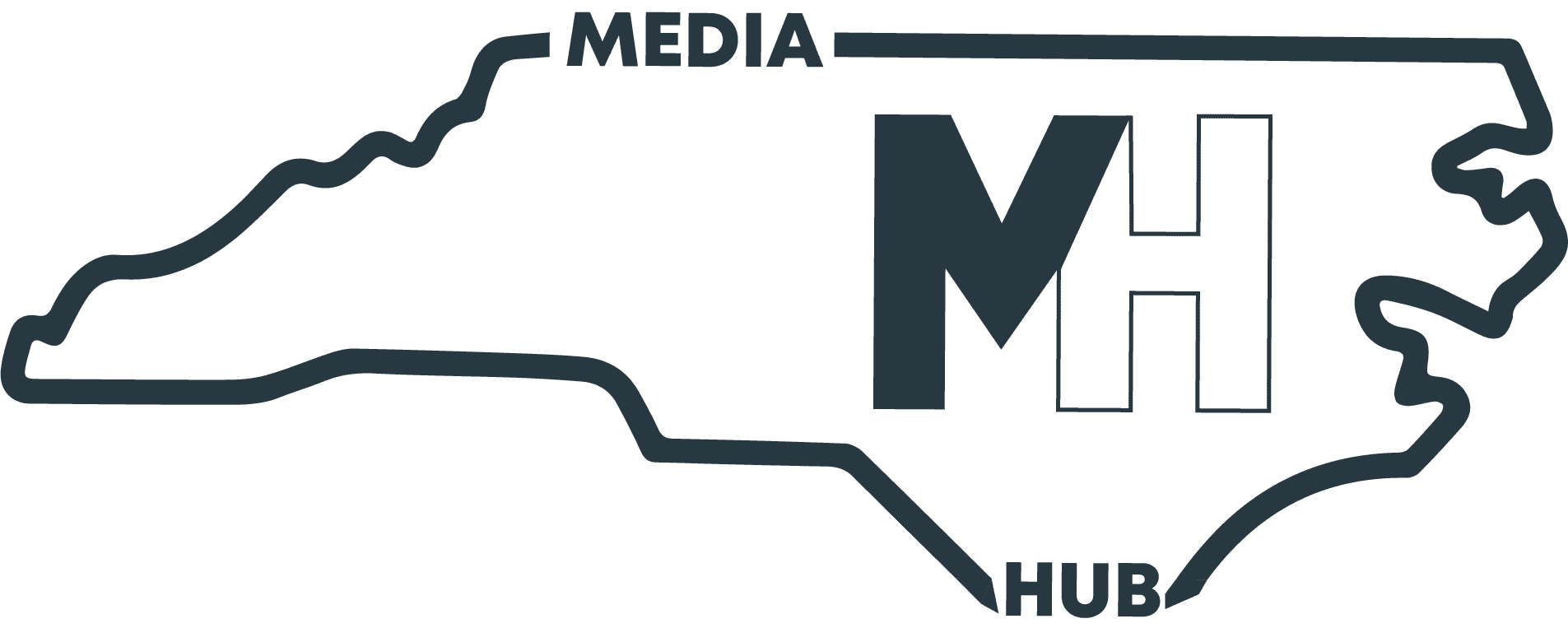Audio story by Elizabeth Wheless
Graphic by Amelia Locklear
Jack Werner, a senior at NC State, has created Superkitsch, an online NFT museum along with his friend Wake Forest senior Ethan Watts. Its purpose is to make the art more experience-based than a regular museum. They hope to expand in the future.

WHELESS: In a physical art museum, the murmurs of admiration fill the rooms.
But on Superkitsch, an online NFT museum, the website’s visitors are silent.
An NFT is a nonfungible token, meaning for the art in Superkitsch, there is a digital certificate of authenticity attached to it in the internet. NC State University senior Jack Werner and his friend Wake Forest University senior Ethan Watts created the museum in September 2021 to display the NFT work of Raleigh artists in an interactive format. Werner says it gives visitors the sense of experiencing the art.
WERNER: So, you can kind of look around; it’s like a spinning room. And it’s just supposed to make you feel a bit more in it. I think it’s kind of like an art museum for people who don’t really know art. It’s kind of like a playground for art, I’d say.
WHELESS: Since its creation last September, the site has exhibited two artists: Giulio Rose Giannini and 19-year-old Michael O’Neill, also known as Sick of Smoke. Werner says he was interested in O’Neill’s work due to its personable nature.
WERNER: Everything he draws, he draws like monsters and characters and portraits and stuff, and he pours, like, his emotions into it. And he looks at art as like a version of social interaction.
WHELESS: Three years ago, O’Neill sold his first piece for $200. The artist expected $20.
O’NEILL: Ever since then, I’ve just kind of, I think been more aware of like what my art is worth? And like, I’ve just gotten better at selling it.
WHELESS: O’Neill was drawn to Superkitsch not because of the money, but because of its emphasis on the artists and not just their art. Werner even accompanied O’Neill’s art with quotes from an interview Werner conducted.
O’NEILL: The way that he wrote it all up afterwards, you know, it was pretty powerful. I was happy to see that he was able to kind of–I felt like he really put thought into what I was saying, and kind of helped me form a clear message on why I do my work.
WHELESS: Werner’s partner, Watts, focuses on the financial side of the website. He notes one key distinction between Superkitsch and other NFT museums popping up across the country.
WATTS: I think that it’s definitely different from NFTs in the sense that we’re not profit chasing. I think that that sort of allows us to come off as more of, like, transparent.
WHELESS: Watts wants Superkitsch to expand, but knows that can’t happen without a connection to the community.
WATTS: I think that the key is for growth in Raleigh, Durham, mainly the Triangle first, because what we need is a base of supporters that genuinely appreciate our stuff, right? Because at a certain point, even if we grow a following, but our followers don’t like, genuinely find themselves interested, we’re not gonna be able to expand on that exponentially.
WHELESS: Watts says that the future of Superkitsch is similar to the recent traveling immersive Vincent Van Gogh exhibit.
But instead of one artist, there are multiple.
WATTS: As we expand Jack and I have just thought about, I mean, wouldn’t it be cool to like, rent out a warehouse, and then just like, designate each artist, a certain part of the warehouse, and then it’s like, you can just do whatever you want with it.
WHELESS: Werner says that Superkitsch’s physical exhibits will fully encapsulate what he and Watts have been focusing on all along.
WERNER: The art and the expression and the emotions that these artists that Superkitsch is working with–those things are still going to be there. Like, they’re still going to have this beautiful art, whether or not like there’s money to be made, because it comes from within.
WHELESS: For more information on the artists and website visit Superkitsch—that’s S u p e r k i t s c h.io. For UNC Media Hub, I’m Elizabeth Wheless.
